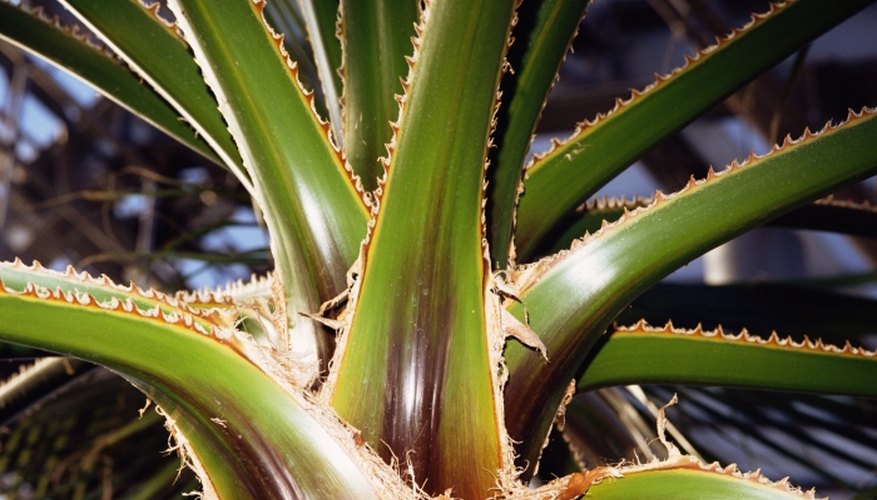When the skin rubs against something, a friction burn results. Some people have burns from skin rubbing against skin or clothing, but others experience painful "carpet burns" or "court burns" from bare skin skidding across a surface. Although painful, these often do not pose a danger to the patient if properly treated. The best means to treat a friction burn involves easing the pain and preventing infection. Keep the supplies for treating friction burns on hand in your first aid kit for future emergencies.
- When the skin rubs against something, a friction burn results.
- Some people have burns from skin rubbing against skin or clothing, but others experience painful "carpet burns" or "court burns" from bare skin skidding across a surface.
Identify the burn as a friction burn. Look for a reddened area to the skin that causes pain on contact. Ask the person if he or she rubbed his or her skin against something, indicating a friction burn.
Place the burnt area under cold, running water for 10 to 15 minutes until the pain lessens. This both eases the pain slightly and washes out foreign material.
Pat the burn dry with a soft towel, taking care to avoid getting fibres into the friction-burnt area.
Apply a drop of anti-inflammatory first aid cream to the site only if pain remains. In lieu of using first aid cream, squeeze the liquid from the 25 mm (1 inch) piece of aloe vera over the burnt area to soothe the skin. Cover the wound with the gauze bandage, securing it with medical tape.
- Place the burnt area under cold, running water for 10 to 15 minutes until the pain lessens.
- In lieu of using first aid cream, squeeze the liquid from the 25 mm (1 inch) piece of aloe vera over the burnt area to soothe the skin.
Keep the friction burn covered until the skin completely heals, up to a week, depending on the extent of the friction burn.
